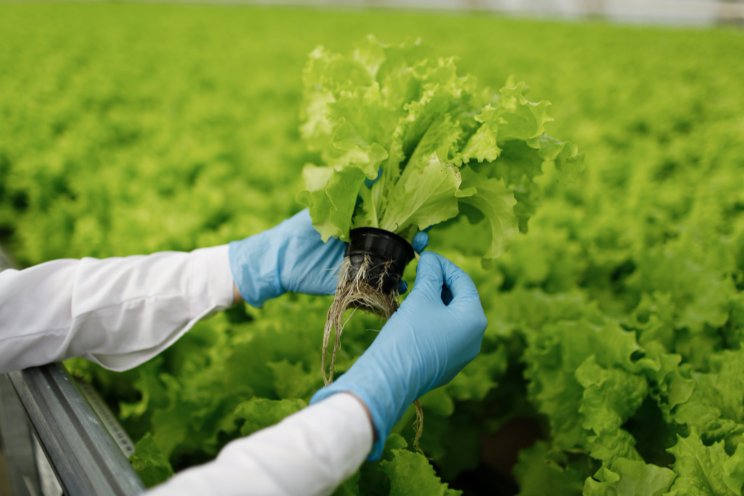Mite management requires careful planning
Added on 04 November 2022

Mites are extremely difficult to detect because they are small and prefer to hide on the underside or protected areas of leaves, shoots, buds, fruits, and bulbs. Mite populations grow very quickly because they have a short developmental time and high fecundity, and they can reproduce without mating when males are not available. They are also difficult to manage because of their high propensity to develop pesticide resistance.
Mites can be introduced into nurseries, greenhouses, and landscapes through infested cuttings, liners, bulbs, or finished plants. They also can disperse from nearby infested weeds and crops by walking or being carried in the wind or on an animal.
Successful mite management requires an integrated approach. A crop can be started clean by maintaining a weed-free growing area, quarantining incoming plant materials, and, when necessary, treating the incoming plant materials before moving them into the growing areas. When executed properly, preventive mite management using predatory mites and other biological control agents can be very successful in nurseries and greenhouses. Miticides are often required when curative treatment is needed to stop a mite population from doing further damage. An integrated pest management program that incorporates biological and chemical control tools will require careful consideration of the compatibility between biological control agents and pesticides.
Continue reading.
Photo created by Viktor Forgacs - Unsplash
More news















